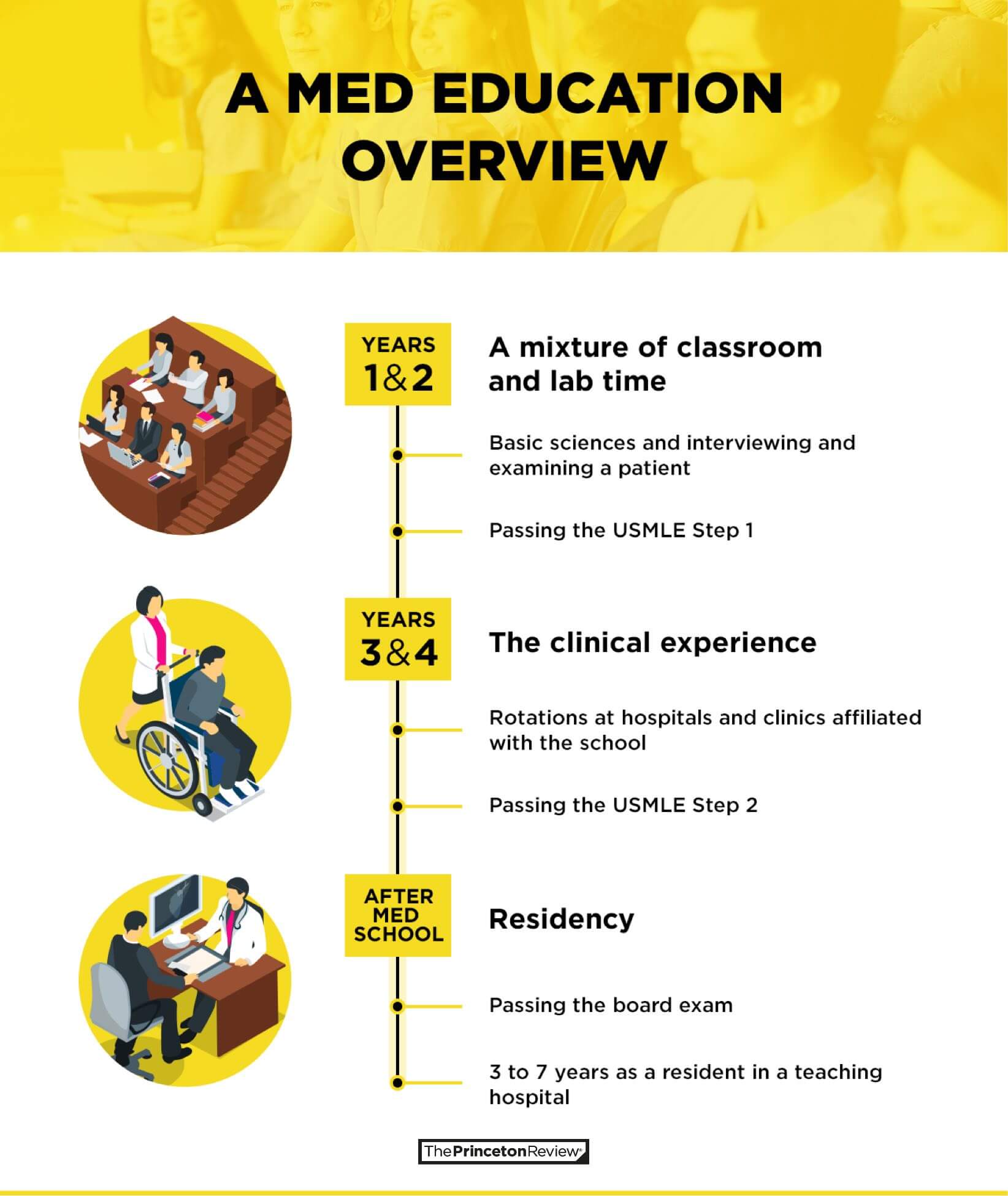(Mod team: feel free to move this thread to OTB at any time. It hasn't been about the OP question for some posts now. Or don't.)
Fairview VP write-in to the STrib: (this is not the full text of it, but the meat of it)
Rather than continue to focus on what will happen if Fairview and Sanford Health combine, it's time to ask: What will happen if they don't combine?
Let's start with the facts: More than half of U.S. care delivery systems lost money last year due to increasing labor and supply costs, and declining health care reimbursements from government and private payers. As a result, many health systems have had to make difficult decisions to cut services, reduce staff or worse — leave a community altogether.
Fairview has been transparent about its financial challenges. In line with previous years where reimbursements did not keep pace with costs, Fairview is expected to lose more than $300 million in 2022. And with current labor costs and Fairview's ongoing commitment to fund the university to the tune of $80 million a year, 2023 looks to have another significant negative operating margin. This path is simply not sustainable.
Given these losses, Fairview will have a difficult time investing in needed infrastructure and expansion of hospitals such as St. John's in Maplewood, which is experiencing crushing demands on its emergency room and hospital beds. This trajectory will not slow down as our population ages. To meet the long-term care needs of baby boomers, social and public policy changes must begin soon. As health care providers, we cannot sit idle and wait for change to happen. We must innovate now to provide the care our patients deserve, when they need it.
Like all hospital systems, Fairview also needs to make future investments in rapidly changing medical technology and facilities if it is to remain relevant in Minnesota. Sanford will bring some of those needed resources as it has done in Minnesota over the past 25 years. Look no further than Bemidji for evidence. Since merging with North Country Health Services in 2011, Sanford Health has invested more than $100 million to increase access to primary and specialty care. Sanford has also kept its commitments to ensuring accessible, culturally competent care for Native American and tribal communities, and other underserved populations.
This is not about growth for growth's sake. This is about doing the right thing for Minnesotans. The pandemic underscored the importance of working together to deliver critical health care under extraordinary circumstances. Once again, we must join forces — urgently — to prepare for a new world of health care delivery, one that can address the many health and wellness needs of our state.
This is a merger between two very complementary organizations and does not create a monopoly in either the Twin Cities or greater Minnesota. Both Fairview and Sanford Health are not-for-profit organizations, have shared experience in providing care to patients in the Upper Midwest, and have demonstrated high quality of care in the communities they serve.
Last, I am surprised by the vehement opposition to this merger by the University of Minnesota and its portrayal of it as a takeover of the Medical School. This is simply not true. This bears repeating — Fairview and the U are separate organizations and do not control the other's destiny. Fairview has never been involved in the operations, research, education or direction of the Medical School or its provider group, and neither will Sanford.


